This week's installment brings us to something fairly close to home--an ancient Cretaceous seaway formed by the uplift of the Rocky Mountains countless millions of years ago. Though in many ways the fauna of the Western Interior Seaway was very similar to that which we find in the oceans today (fish and clams galore), in many ways it differed; inhabited by some of the largest saltwater based predators life has seen.
To give you a proper glimpse into these ancient faunas, I will be splitting the series into several parts over the next coming weeks.
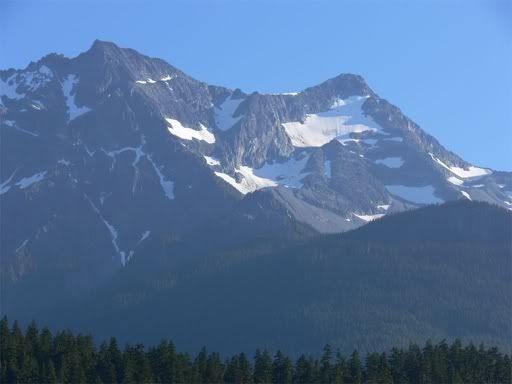
Contrary to our somewhat limited perception, the Earth throughout its history has been anything but static. Instead the continents, like pieces of heat resistant bread, have slowly been floating upon a sea of rock. Their positions as we see them now are just one example of countless others throughout the past. And as these geologic plates interact, violent acts of both destruction and creation can and do often occur.
Furthermore, the plates as we see them now are not necessarily the entirety of the plates that once existed. As an example that should strike home to most North Americans amongst us, the Rocky Mountains were largely formed as the now largely defunct Farallon plate slowly subducted (slipped beneath) the North American plate. The Gorda, Juan de Fuca, and Explorer Plates are the fragmented remains of this ancient continental plate: the rest now lies beneath the crust, sinking into the magma--possibly beneath some of your feet!
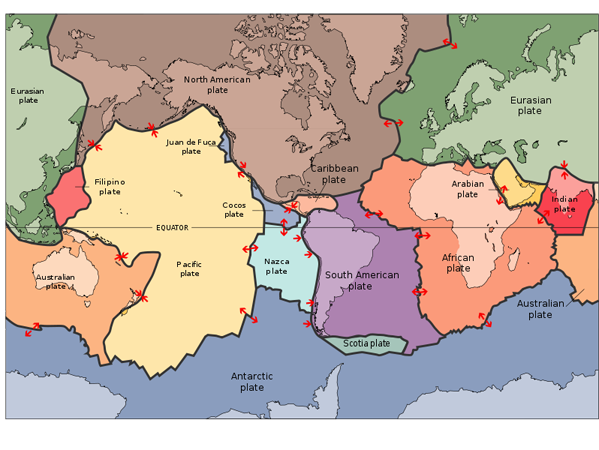
Over millions of years, this subduction caused the Rocky Mountains to uplift and, important to this diary, created an indentation called the Forelon basin; which due to the far greater sea levels than those of today (roughly 240+ feet higher, thanks to a massive global greenhouse creating mean annual global temperatures of 32 ºC) rapidly filled with water forming a shallow seaway that split North America in roughly two.
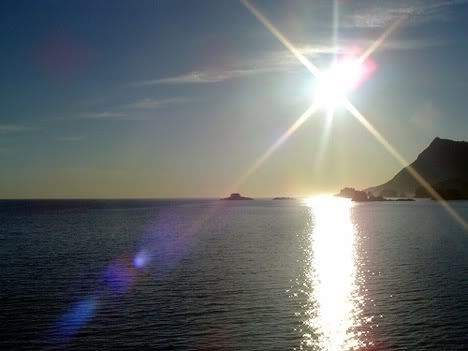
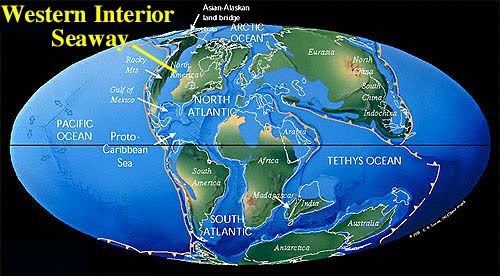
And as paleontologists would discover over the last hundred years, this seaway was teeming with life. These diaries will give you a brief introduction to just a few players within the Western Interior Seaway, though just a fraction of the sheer incredible diversity of the life that once inhabited an oceanic extension located directly inside the place that many of us call home today.
1. Mosasaurs
Mosasaurs, very closely related to modern day monitor lizards and snakes, were one of the top carnivores of oceans and seaways past--with streamlined bodies and razor sharp teeth, they were efficient hunters; preying upon anything from squids and ammonites to giant plesiosaurs, long necked reptiles probably best known by their hypothetical (and sadly likely false) connection to the the infamous Loch Ness Monster.
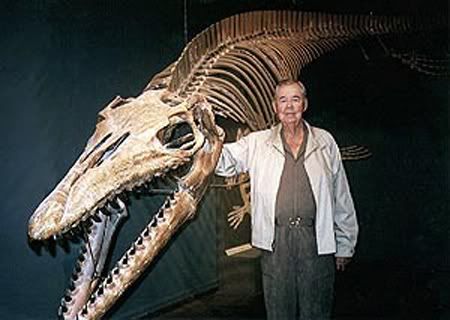
Much like snakes today, Mosasaurs had hinged and highly kinetic jaws, allowing them to open them far wider than their mouth would otherwise allow, a distinct advantage used for tackling massive prey. Telltale evidence of mosasaur predation has been found countless times by paleontologists past--from bite marks upon mollusk-like ammonites to gut contents still containing their plesiosaur diet, buried by the ocean into immortality.
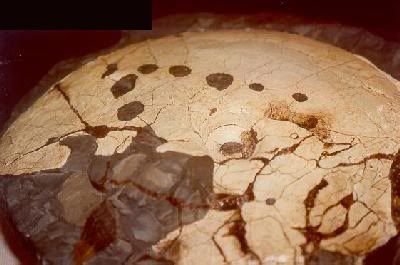
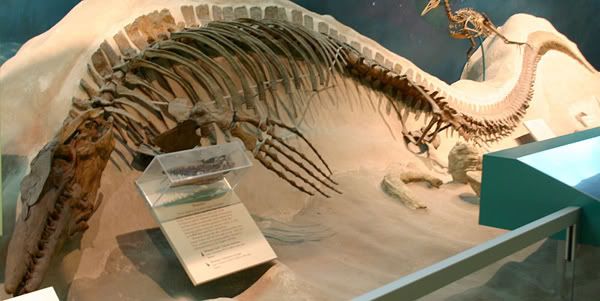
The connection between the morphology of mosasaurs and monitor lizards truly blows me away--in many ways, their ancient predatory domination continues to this day in a much more terrestrial form.
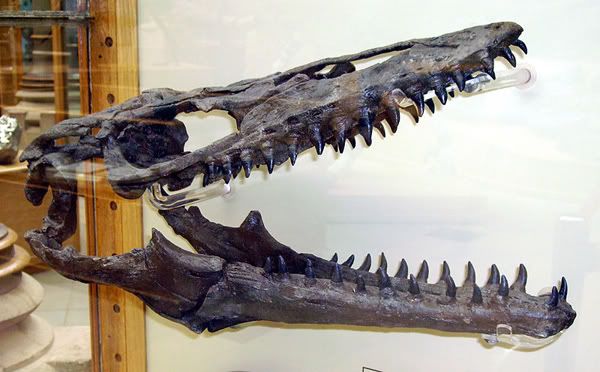
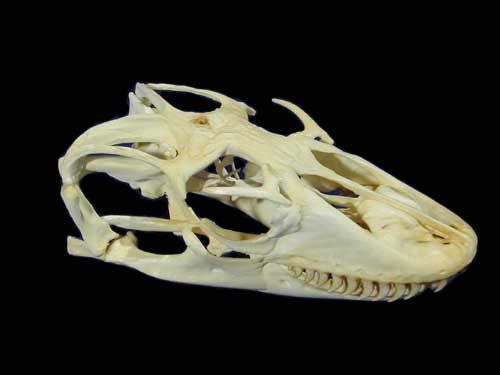
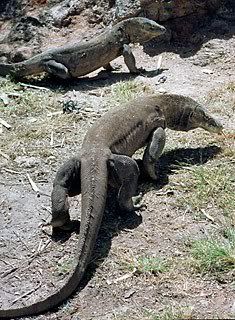
2. Ammonites
Closely related to the modern day mollusk, ammonites are one of the more famous Mesozoic invertebrates, often being used as jewelry and other decorations. Much like the mollusk, they were cephalopods that likely preyed upon fish and other smaller invertebrates. However, unlike the modern day mollusks, they grew to truly astounding sizes--the largest ammonite that I know of (Parapuzosia seppenradensis) grew up to 8.5 feet in diameter.
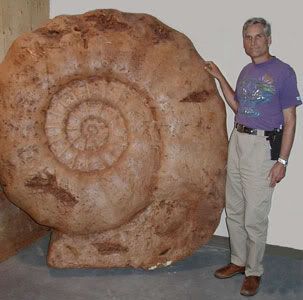
The swirling cavity of their shells were split into differing comparments--the largest being used to house the body of the ammonite itself, while the smaller spirals contained gas chambers allowing the ammonites to rise and drop within the surface of the ocean. Fossil evidence has been found suggesting that as with squids, they were capable of squirting an ink-like substance as a defensive mechanism.
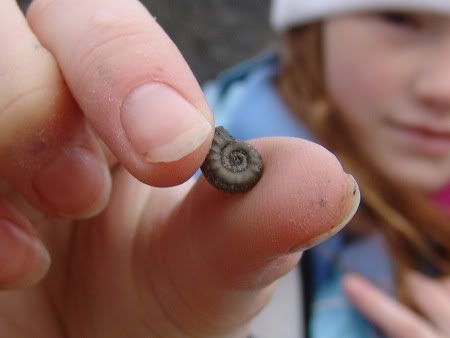
Tune in next week for another much less curved cephalopod, Cretaceous sharks, giant fish (some growing up to 20 feet long), and the carnivorous pliosaurs.


